
IMAGE SOURCE,© NADAV KANDER
The throne was swiftly and quietly transferred to the heir, Charles, the former Prince of Wales, upon the death of the Queen.
However, he must first complete a variety of practical and customary requirements before being anointed King.
What name will he go by?
His title will be King Charles III.
That was the new king’s first action after taking power. Charles Philip Arthur George was one of the four names he had the option to choose from.
He is not the only person who will have his title changed. The king has bestowed the titles of Prince and Princess of Wales on Prince William and his wife Catherine, who are now known as the Duke and Duchess of Cornwall and Cambridge.
The wife of the monarch is referred to as the consort, and Camilla, Charles’ wife, now has the title of Queen Consort.
Formal ceremonies
On Saturday, Charles will be formally crowned as King. This will take place in front of the Accession Council, a ceremonial council, in St. James’ Palace in London.
This is a group of senior lords and MPs from the Privy Council, as well as some high-ranking civil workers, Commonwealth high commissioners, and the Lord Mayor of London.
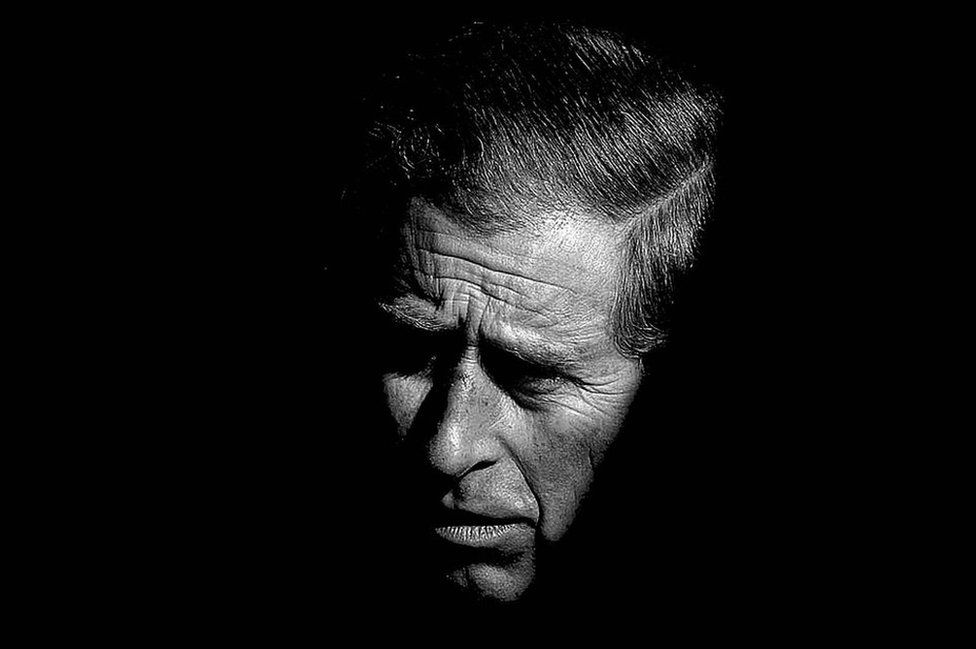
IMAGE SOURCE,PA MEDIA
The Lord President of the Privy Council, who is now Penny Mordaunt MP, will inform the gathering of Queen Elizabeth’s passing and read a proclamation.
The proclamation’s text is subject to change, but historically it has consisted of a number of prayers and promises endorsing the outgoing monarch and promising support for the incoming one.
Senior leaders such as the prime minister, the archbishop of Canterbury, and the Lord Chancellor then sign this proclamation.
As with all of these ceremonies, special attention will be given to any changes that may have been made to mark the beginning of a new period.
The first proclamation of the King
The Privy Council and the king will then take part in a second meeting of the Accession Council. This is not the traditional “swearing in” of a British monarch at the beginning of their reign, like it is for some other heads of state, such the US president. Instead, the new King makes a proclamation and, in keeping with a custom that dates back to the early 18th century, swears to uphold the Church of Scotland.
A public declaration naming Charles as the new King will be made following a trumpet fanfare. This will be performed by a representative known as the Garter King of Arms from a balcony above Friary Court in St. James’s Palace.

IMAGE SOURCE,GETTY IMAGES Queen Elizabeth II crowned her son Charles as Prince of Wales in 1969
For the first time since 1952, the national anthem will be performed with the words “God Save the King” after he calls out “God save the King.”
The proclamation appointing Charles as the King will be read in Edinburgh, Cardiff, and Belfast, and salutes with guns will be fired in Hyde Park, the Tower of London, and from naval ships.
The coronation
The coronation, when Charles is formally crowned, will be the symbolic pinnacle of the accession. The coronation is not likely to take place right away when Charles assumes the throne due to the preparation required; Queen Elizabeth succeeded to the throne in February 1952 but was not crowned until June 1953.
The coronation has taken place in Westminster Abbey for the past 900 years; William the Conqueror was the first head of state to be crowned there, and Charles will be the 40th.
The Archbishop of Canterbury conducts this religious ceremony, which is of the Anglican faith. At the conclusion of the ceremony, he will bestow Charles with St. Edward’s Crown, a 1661 solid gold crown.
Only until the monarch is really crowned does he or she wear this, which is the centerpiece of the Crown Jewels at the Tower of London (not least because it weighs a hefty 2.23kg – almost 5lbs).
The coronation, unlike royal weddings, is a state event; the government finances it and ultimately determines the guest list.
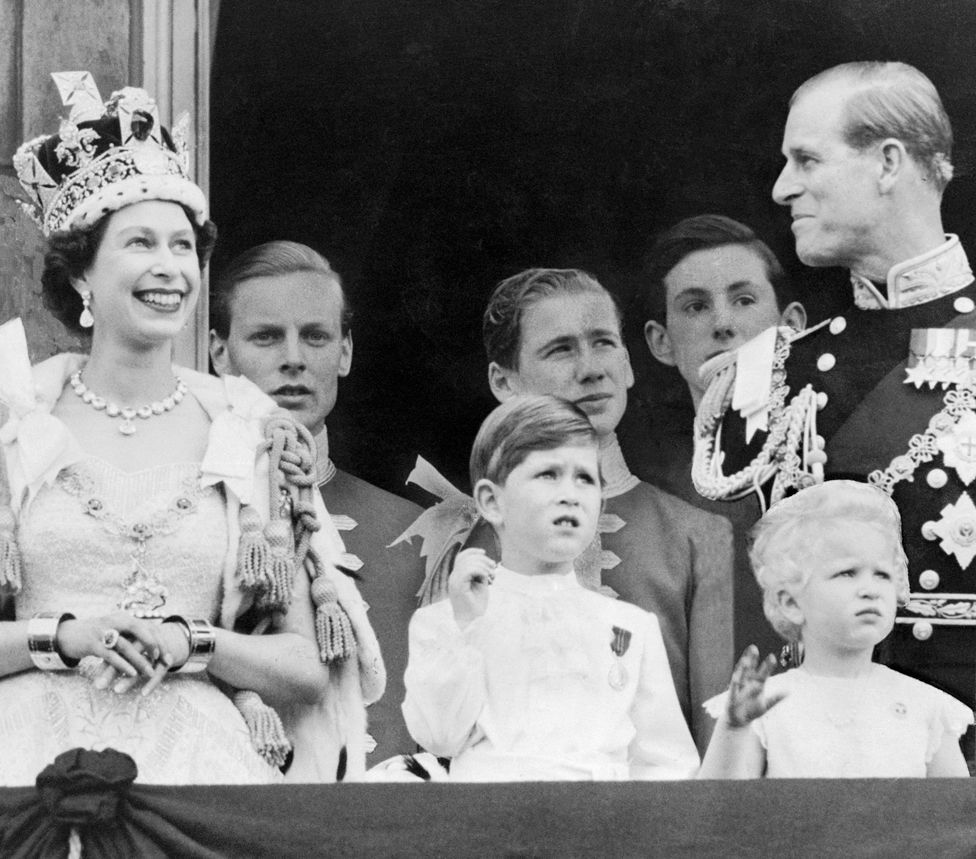
IMAGE SOURCE,MIRRORPIX Royal Family on Balcony at Buckingham Palace, London, pictured after Coronation, 2nd June 1953.
A tradition of anointing the new monarch with oils of orange, rose, cinnamon, musk, and ambergris will take place in addition to music, readings, and songs.
In front of a global audience, the newly crowned King will take the oath of office. The Archbishop of Canterbury will lay the solid gold crown on his head during this elaborate ritual, and he will also receive the orb and sceptre as symbols of his new position.
Head of the Commonwealth
Charles has been appointed leader of the Commonwealth, a grouping of 56 independent nations with 2.4 billion inhabitants. The King serves as the head of state for 14 of these nations in addition to the UK.
Australia, Antigua and Barbuda, the Bahamas, Belize, Canada, Grenada, Jamaica, Papua New Guinea, St. Christopher and Nevis, St. Lucia, St. Vincent and the Grenadines, New Zealand, Solomon Islands, and Tuvalu are among the nations collectively referred to as the Commonwealth realms.
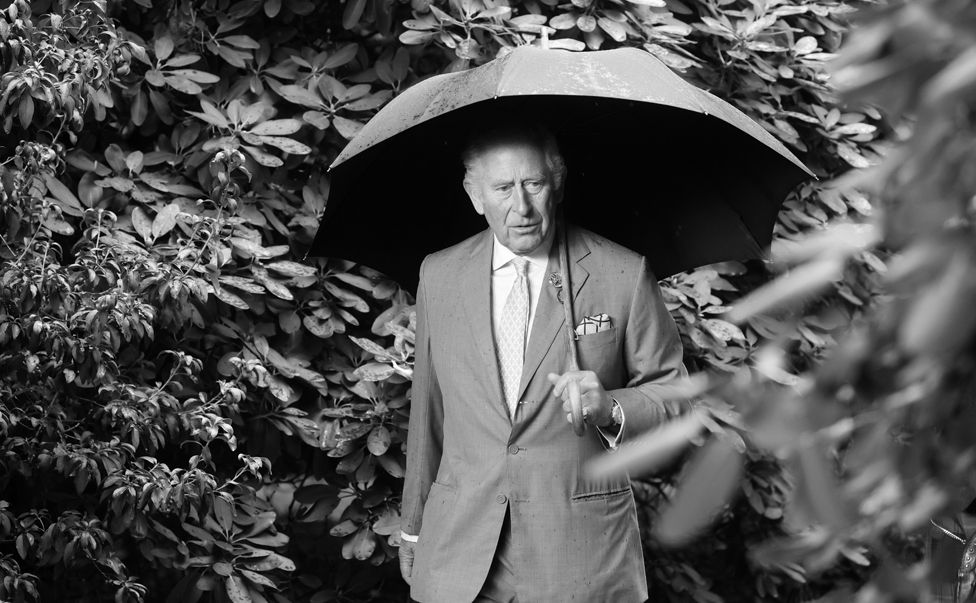
IMAGE SOURCE,GETTY IMAGES Prince Charles, Prince of Wales, known as the Duke of Rothesay when in Scotland, during his visit to the Royal Botanic Garden Edinburg on 1 October 2021 in Edinburgh, Scotland.

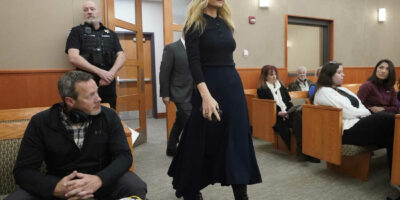


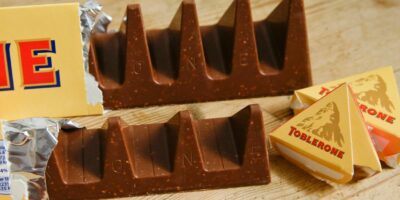






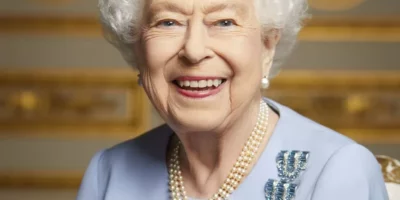





Comments